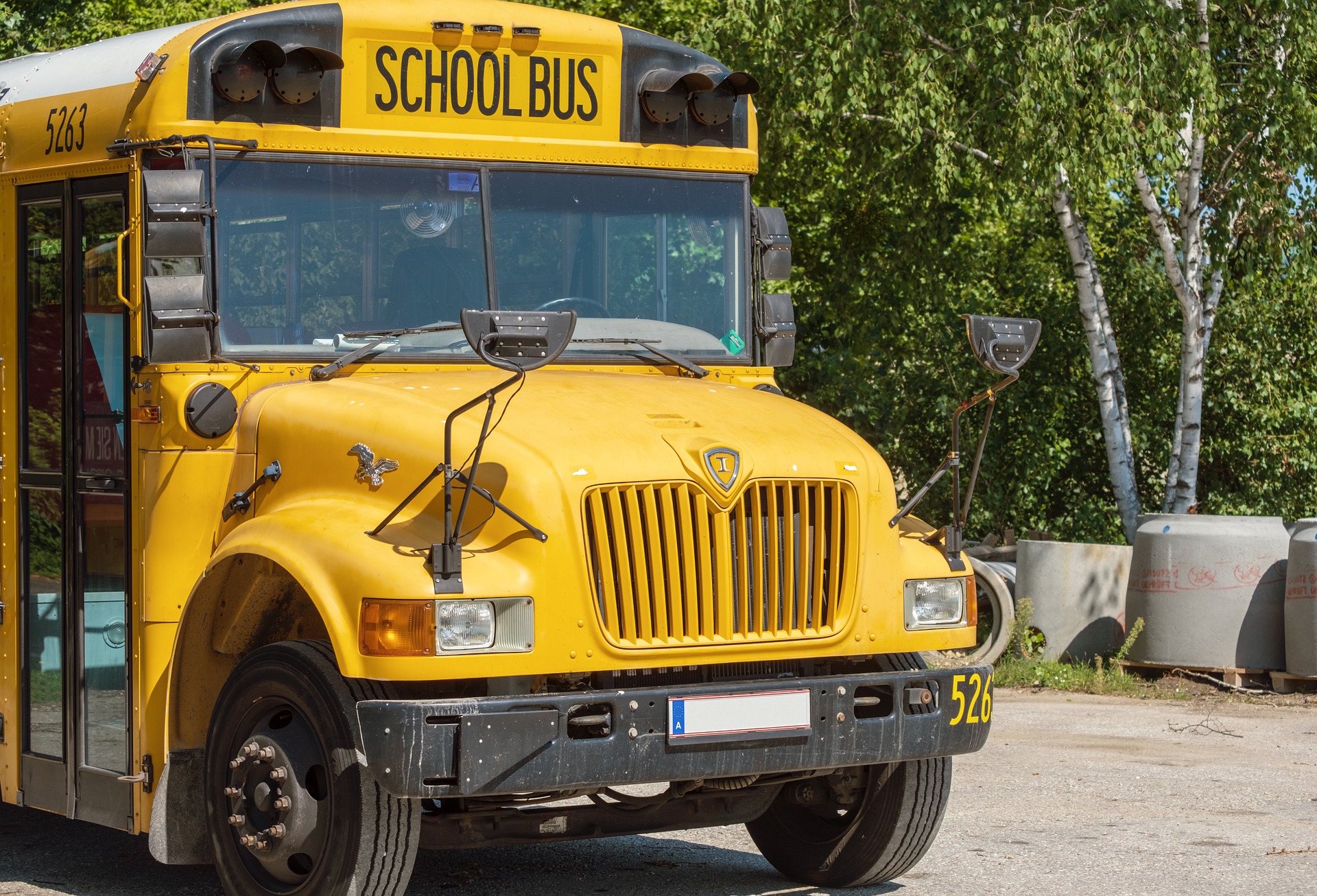You know the feeling — sitting on a bus that goes over a bump, or perhaps rounds a turn a bit too fast, almost pulling you out of your seat; you wonder, ‘Why no seatbelts?’.
Seatbelts have a proven track record of saving lives in motor vehicle crashes, and now Transport Canada will finally be making it mandatory for all new highway buses to have seatbelts as of Sept. 1, 2020.
But what about school buses? Across this country, they continue to rumble along without any lap or shoulder restraints, and no laws for them are forthcoming. The good news is that school buses have a relatively good safety record, with 23 passenger deaths in the past three-and-a-half decades. Compared to the number of deaths for regular motorists, that’s a minuscule number. But certainly no comfort for those 23 families.
For years, Transport Canada has been a leading proponent against the use of seatbelts on school buses. The Ontario Ministry of Transportation, in fact, specifically notes that seatbelts are not required on school buses in this province, and that only Transport Canada can mandate that kind of change in bus safety standards. And just last year, the national body doubled-down on its stance. They claim that “compartmentalization” – that is, high-backed padded seats spaced closely together – is enough to secure kids in a collision. But is much of that resistance based on a 35-year-old flawed study?
Seatbelt Safety Revisited
A recent investigation by the CBC’s Fifth Estate has found that the “no seatbelts” sentiment needs to be reassessed. The 1984 Transport Canada study often cited all around North America as reason not to install seatbelts on school buses has come severely into question. The Fifth Estate report notes that side crashes and rollovers were not tested in that 1984 study. “Compartmentalization does nothing” to protect children in those kinds of impacts, according to an executive with one of the largest crash test facilities in the world.
In the past few decades, several studies around North America have proven time and again that seatbelts would have prevented numerous serious injuries and deaths for children involved in school bus crashes.
There are now eight states in the U.S. that are no longer showing restraint when it comes to the child restraints: By making the installation of seatbelts on school buses mandatory, those eight states have safely covered about 40% of the U.S. population. In addition, national bodies in that country, such as the National Highway Traffic Safety Administration and the National Transportation Safety Board have made it clear that they believe that seatbelts on school buses save lives.
Canada Showing No Restraint
For now though, Transport Canada will continue to journey down their anti-seatbelt road. That means that in Ontario, 300 million school bus rides will be taken this year, travelling two million kilometres per day, with nary a seatbelt onboard.
If your child has been seriously injured, or worse, in a school bus crash, you need an experienced personal injury lawyer with the expertise and proven track record of success. At Horowitz Injury Law, we treat each case with care, compassion and empathy while working hard to advance your claim and help you receive the compensation you deserve. Call us for a free consultation to discuss your case: 416-925-4100.




